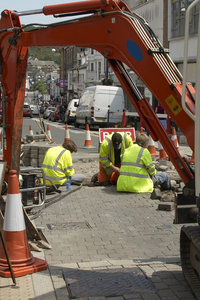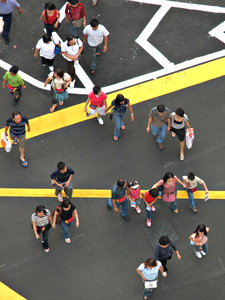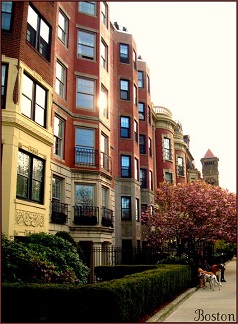By all accounts, the scene was horrendous – a telephone pole snapped in half by the Ford Explorer that became wrapped around it after a drunk driving accident in Quincy.
Four people were seriously injured in the single-vehicle Boston car accident.
According to the Melanie’s Law , which increases the penalties for drunk driving in Massachusetts.
Some of the greatest changes under the new law include a requirement for an ignition interlock device for someone who wants to get their license back after their second conviction, even if the prior offense was decades ago. Additionally, your license can be suspended for consecutive terms (rather than concurrent, which means they run together) for DUI convictions or if you refuse a breath test when you’re pulled over. There are also harsher license suspensions for under-21 drivers.
Still, some would like to see even greater penalties. Mothers Against Drunk Driving is hoping that future Massachusetts lawmakers will include provisions that Melanie’s Law did not address, including a requirement for alcohol treatment programs for people who chronically drive drunk (especially for those behind bars). They would also like to see more police officers on the streets for deterrence purposes.
If you see a drunk driver on the road, call the police and report it.
Here are some tips from MADD on how to spot a drunk driver:
1. The person quickly accelerates or decelerates.
2. The driver is tailgating, zig-zagging or weaving across the roadway.
3. The driver may almost strike a curb, object or another vehicle 4. A drunk driver may stop without reason or brake erratically 5. A driver who is drunk will drift in and out of lanes.
6. An impaired driver will use improper signals, such as turning a blinker on when they aren’t turning.
7. A drunk driver is likely to swerve.
8. The person has a slower response to traffic signals, either making a delayed start or sudden stop.
9. The driver may forget to use their headlights, even if it’s dark.
10. A drunk driver may be traveling on the wrong side of the road, into oncoming traffic.
Continue reading
 Boston Personal Injury Attorney Blog
Boston Personal Injury Attorney Blog




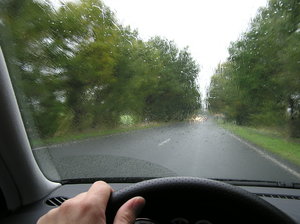 While officials in other states have debated text messages bans, the question that inevitably gets raised is: How will you enforce it? How will a police officer know whether the driver is sending a text or sending an e-mail?
While officials in other states have debated text messages bans, the question that inevitably gets raised is: How will you enforce it? How will a police officer know whether the driver is sending a text or sending an e-mail?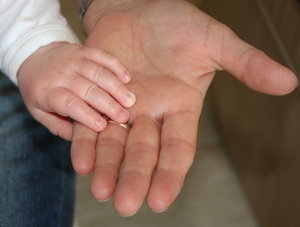
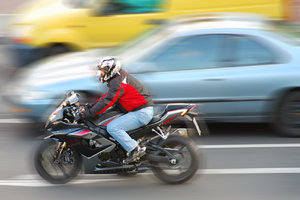 Our
Our 
